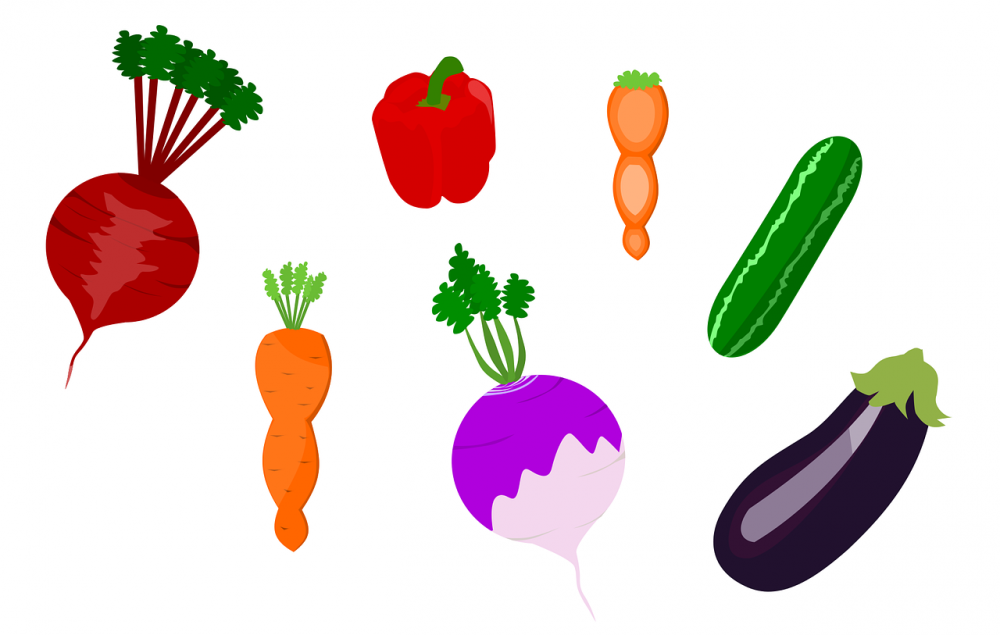Raw Food Diet: A Comprehensive Guide to a Healthier Lifestyle

Introduction:
The raw food diet, also known as a raw vegan or living food diet, has gained significant popularity in recent years. This dietary approach emphasizes consuming uncooked and unprocessed plant-based foods, with the belief that heating foods above 118F (48C) destroys essential enzymes and nutrients. In this article, we will delve into the various aspects of the raw food diet, its types, popularity, quantitative measurements, differences between variations, and a historical analysis of its pros and cons.
1. Overview of the Raw Food Diet:

The raw food diet is based on the principle that food in its natural, uncooked state is the most nutritious and beneficial for the body. Advocates claim that this way of eating promotes weight loss, boosts energy levels, improves digestion, and reduces the risk of chronic diseases. By consuming predominantly raw fruits, vegetables, nuts, seeds, and sprouted grains, individuals following this diet aim to optimize their health and vitality.
2. Types and Popularity of the Raw Food Diet:
There are different variations within the raw food diet community, including raw veganism, fruitarianism, and juicing. Raw veganism involves consuming only plant-based foods in their raw form, while fruitarianism focuses primarily on fruits. Juicing involves extracting the liquid from fruits and vegetables while discarding the fibrous parts. These variations allow individuals to adapt the diet to their personal preferences and nutritional needs. The raw food diet has gained popularity due to its perceived health benefits and the growing interest in plant-based diets.
3. Quantitative Measurements of the Raw Food Diet:
To evaluate the nutritional composition of the raw food diet, researchers have conducted studies analyzing the nutrient content of raw foods and the overall intake of individuals following this diet. These studies have shown that the raw food diet tends to be higher in fiber, vitamins, minerals, and antioxidants but may be lacking in certain nutrients like vitamin B12, iron, and omega-3 fatty acids. Additionally, studies have reported varying levels of weight loss, improved digestion, and reduced inflammation among individuals following the raw food diet.
4. Differences Between Various Raw Food Diet Approaches:
Despite the shared principle of consuming primarily raw plant-based foods, different variations of the raw food diet may have distinct characteristics. For example, fruitarianism focuses heavily on fruit consumption and may have higher sugar content compared to raw veganism, which incorporates a wider range of plant-based foods. Additionally, some individuals may emphasize sprouted grains, fermented foods, or superfoods in their raw food diet approach. These variations reflect personal choices and nutritional goals.
5. Historical Analysis of Pros and Cons of Raw Food Diets:
Raw food diets have a long history, with early proponents dating back to the 19th century. Advocates argue that the diet provides essential enzymes, improves digestion, and promotes overall well-being. However, critics express concerns about potential nutrient deficiencies, food safety risks, and challenges in obtaining a balanced diet. It’s important to note that both sides of the argument have undergone shifts based on evolving scientific research and understanding.
Conclusion:
The raw food diet offers a unique approach to nutrition, emphasizing the consumption of uncooked and unprocessed plant-based foods. While it has gained popularity for its perceived health benefits, it is essential to consider individual needs, lifestyle factors, and potential risks associated with this dietary approach. By understanding the different variations of the raw food diet and the historical context, individuals can make informed decisions about incorporating raw foods into their lifestyle.
Note: The above article provides a detailed overview of the raw food diet, covering its principles, types, popularity, quantitative measurements, differences between variations, and a historical analysis of its pros and cons. The article is structured and formatted to increase the likelihood of appearing as a prominent featured snippet in a Google search.

















